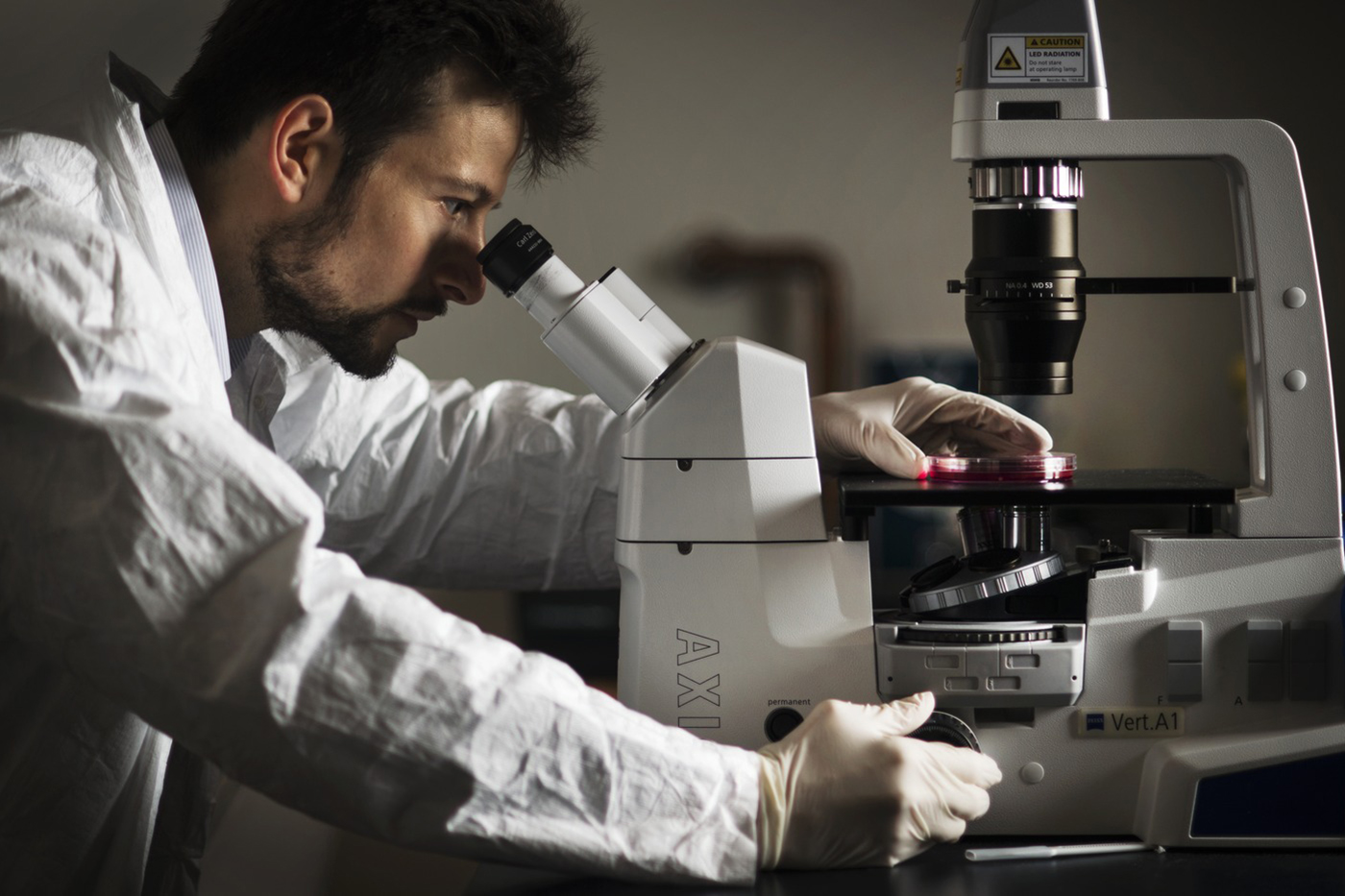Tissue Engineering for Cancer Therapeutics
Nikolai Slavov, a new assistant professor in the Department of Bioengineering, wasn’t looking to upend conventional wisdom when he set out to measure protein levels in ribosomes, the particles in cells that synthesize all the other proteins that keep living things—from animals to bacteria—functioning. He just wanted to understand what was driving some of the yeast cells in his lab to grow faster than others.
Now, in a new paper published Thursday in the journal Cell Reports, Slavov and his colleagues have cast ribosomes in a new light—research that could have implications for new directions in fields from tissue engineering to cancer therapeutics.
Slavov’s findings indicate that ribosomes not only assemble proteins by linking together the specific chemical groups, or “amino acids,” that make up each protein; they also appear to regulate that production. In a sense, a biological construction worker has now become a general contractor. Ribosomes may determine, for example, how many of which types of protein roll off the assembly line.–News@Northeastern Article by Thea Singer

